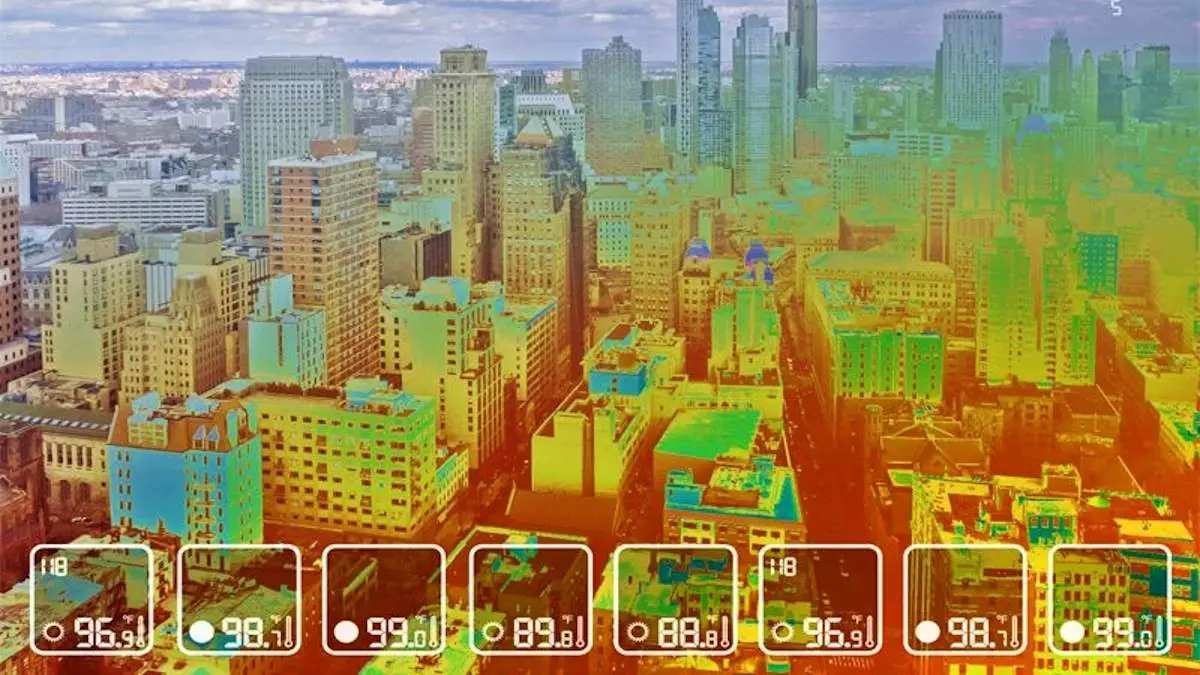Climate change is intensifying heat waves, putting public health at risk and exacerbating social inequality. US researchers are studying the impact of these phenomena on different population groups and exploring solutions to enhance the climate resilience of urban communities.
Although less dramatic than other extreme weather events, heat waves are just as deadly. The heat stress they cause is stressful on the human body, especially when high humidity reduces the effectiveness of transpiration. In many parts of the world, extreme heat already causes more deaths than floods, wildfires and hurricanes combined.
Researchers from the Pacific Northwest National Laboratory (PNNL) The evolution of heat waves in the context of climate change was studied. Computer simulations conducted by the researchers reveal an increasing uneven warming in the Pacific Ocean. Rossby waves atmospheric. These air movements can stop over certain areas for long periods, creating favorable conditions for extreme heat.
Models predict that the amplitude of these waves could double by 2080-2099 compared to 1995-2014. This development, along with other factors such as soil drying, indicates a significant increase in the intensity of heat waves, especially in the northwestern states of the United States.
Urban areas, especially vulnerable ones
City dwellers are particularly vulnerable to heat stress. Phenomenonurban heat island This is due to the concentration of buildings and paved surfaces that absorb heat during the day and release it at night. A PNNL study in several major cities in the eastern United States found that city dwellers experience an additional two to six hours of uncomfortable heat (above 80 degrees Fahrenheit) compared to surrounding rural areas.
The temperature difference between urban and rural areas increases during heat waves. An increase of 6.1°C compared to seasonal norms translates into three additional hours of uncomfortable heat per day for city dwellers.
Heat Inequality
Even within cities, significant differences were observed between neighborhoods. Areas with a high concentration of concrete and small green spaces experience much higher temperatures. These differences often follow social, economic, and racial fault lines, inherited particularly from the redlining policies of the 1930s.
An analysis of 481 large US cities found that the average black resident lives in an area where heat stress is 0.28 degrees Celsius higher than the city average. Conversely, the average white citizen has an environment that is 0.22 degrees Celsius cooler. Similar gaps are observed between income groups, with poorer populations generally more vulnerable to heat.
Towards better climate resilience
A detailed understanding of the mechanisms of heat waves and their varying impacts on populations makes it possible to target adaptation efforts. The U.S. Department of Energy supports several initiatives to collect local data and help communities assess their own needs.
four Integrated urban laboratories They have been implemented in Baltimore, Chicago, Southeast Texas, and Arizona. These structures bring together diverse expertise (universities, national laboratories, local governments, and neighborhood organizations) to study interactions between the urban environment and the climate system.
six Climate Resilience Centres They are also set up across the country. Their mission is to train the next generation of scientists and technicians, while putting climate science tools at the service of local decision-making.
Caption: Image of part of New York City with a heat map overlaid, indicating in red the hottest areas. Credit: Timothy Holland | Pacific Northwest National Laboratory

“Music guru. Incurable web practitioner. Thinker. Lifelong zombie junkie. Tv buff. Typical organizer. Evil beer scholar.”







More Stories
We Read for You | Transparency in the Digital Space
Space and Innovation: ESA appoints 'space debris engineer'
'I wasn't very happy': Ridley Scott regrets not making sequel to sci-fi classic – Cinema News